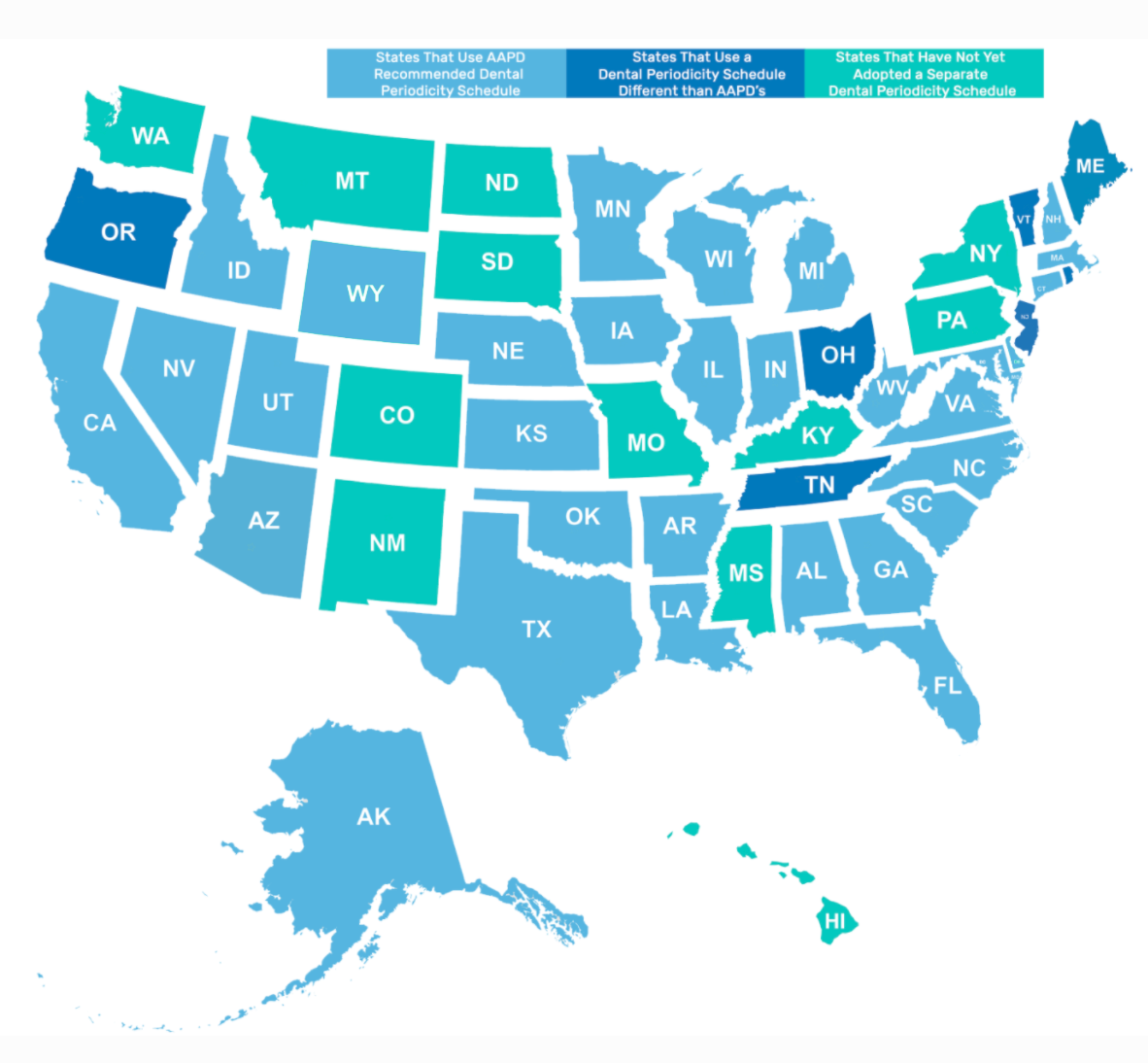
Early and periodic screening, diagnostic and treatment (EPSDT) services are required services under the Medicaid program for most individuals under age 21. EPSDT is defined in section 1905(r) of the Social Security Act (the Act) and includes periodic screening, vision, dental, and hearing services and other necessary health services. Schedules specifying the content and periodicity of these services are to be established by each state after consultation with recognized medical organizations involved in child health care (in the case of screening, vision and hearing services) and dental organizations (in the case of dental services).
EPSDT services consist of two mutually supportive, operational components:
- assuring the availability and accessibility of required health care resources; and
- helping Medicaid beneficiaries and their parents or guardians to effectively use the resources.
Detailed recommendations regarding the periodicity of professional dental services for children can be found in the AAPD's Guideline on Periodicity of Examination, Preventive Dental Services, Anticipatory Guidance, and Oral Treatment for Children. The AAPD guideline contains a schedule and accompanying text outlining the recommended content and periodicity of developmental assessments, clinical examinations, diagnostic tests (including radiographic assessments), counseling, preventive services and periodic re-evaluations. These recommendations generally call for procedures to be repeated at six-month intervals or as indicated by individual patient's needs or risk for disease.
The Policy Center has compiled the Dental Periodicity Schedules for all states that have them. Please click on the link to see a state's relevant periodicity schedule.
Click here to access the AAPD’s Dental Periodicity Schedule.
Click here to access the CMS 2018 bulletin on aligning covered dental services with dental periodicity schedules.